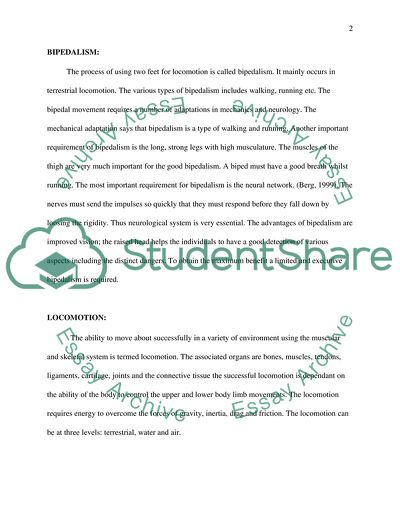Cite this document
(Changes That Take Place in the Human Locomotor System Case Study, n.d.)
Changes That Take Place in the Human Locomotor System Case Study. Retrieved from https://studentshare.org/health-sciences-medicine/1723363-discuss-the-changes-that-take-place-in-the-human-locomotor-system-as-we-progress-through-the-average-lifespan-of-humankind
Changes That Take Place in the Human Locomotor System Case Study. Retrieved from https://studentshare.org/health-sciences-medicine/1723363-discuss-the-changes-that-take-place-in-the-human-locomotor-system-as-we-progress-through-the-average-lifespan-of-humankind
(Changes That Take Place in the Human Locomotor System Case Study)
Changes That Take Place in the Human Locomotor System Case Study. https://studentshare.org/health-sciences-medicine/1723363-discuss-the-changes-that-take-place-in-the-human-locomotor-system-as-we-progress-through-the-average-lifespan-of-humankind.
Changes That Take Place in the Human Locomotor System Case Study. https://studentshare.org/health-sciences-medicine/1723363-discuss-the-changes-that-take-place-in-the-human-locomotor-system-as-we-progress-through-the-average-lifespan-of-humankind.
“Changes That Take Place in the Human Locomotor System Case Study”. https://studentshare.org/health-sciences-medicine/1723363-discuss-the-changes-that-take-place-in-the-human-locomotor-system-as-we-progress-through-the-average-lifespan-of-humankind.


